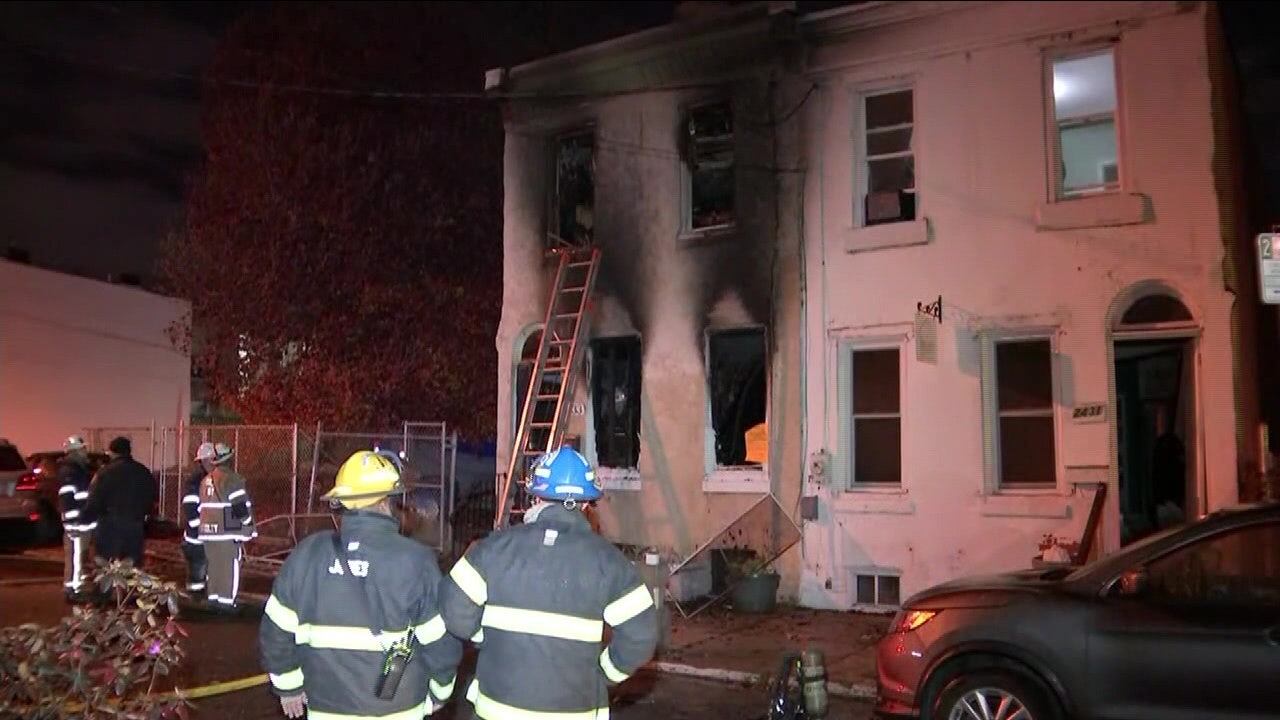IsaacKhouzam
New Member
I don't agree with this. If one measured relatively accessibility by the percentage of accessible units, building more inaccessible units lowers that percentage. Yet, the percentage of people requiring elevators doesn't decline at all.
You make a good point, but I think of the issue slightly differently. If there is a certain fixed (or even growing) percentage of the population who need elevators, that also implies the remainder: a segment of the population who do not require elevators, and who might benefit from the existence of the kind of small building sans elevator I referred to before. I'd argue that most cities of any considerable size have inherited a historic housing stock that meets this description, whereas it might behoove Toronto to employ a more permissive approach at least while it plays catch-up.
Yes, Manhattan has lots of lovely looking buildings that provide density, but lack accessibility.....and many other modern amenities.........but which also have failed to make Manhattan affordable.
True, Manhattan is not a great example when it comes to affordability, but as someone who currently lives in New York City, I would suggest that without the large stock of ~5 storey walk-ups the city would not only be unaffordable, it would be impossible. I've lived in two walk-up buildings, in Manhattan and in Brooklyn, and the fact that they lack many of the amenities of newer buildings (elevator, washer/dryer, building-wide AC, etc.) is the only reason I've been able to afford to live in New York at all. Despite being expensive, I've felt that in New York I've had many more options than I would have if I still lived in Toronto. Within my (fairly low, for New York) price range I can choose between a unit in a subdivided townhouse, a 3rd or 4th floor apartment in a small walk-up building in a nice neighbourhood, or a small unit in a new building (with or without an elevator) or more Toronto-typical condo in a larger building in a less convenient location. I'm more than willing to give up some building amenities in exchange for urban amenities; that doesn't seem to be a choice that's available in Toronto to the same extent.
To be clear, I don't see a value in imposing the toughest conditions on the smallest housing; but I see little value in reducing accessibility standards on new builds, of housing that is one or two tiers above that.
We pretty much agree; I only think that we should raise the ceiling slightly on what constitutes the "smallest housing." To me, the benefits of doing so would appear to outweigh the drawbacks.
Last edited:






